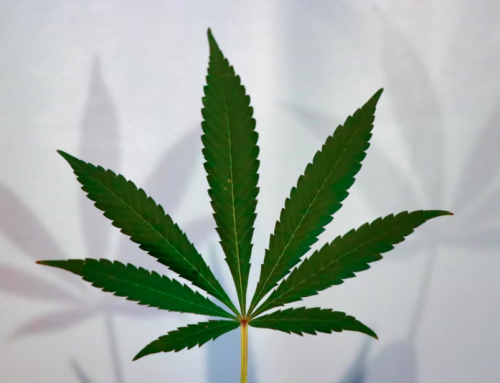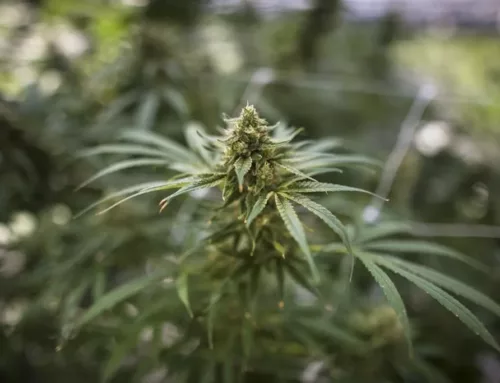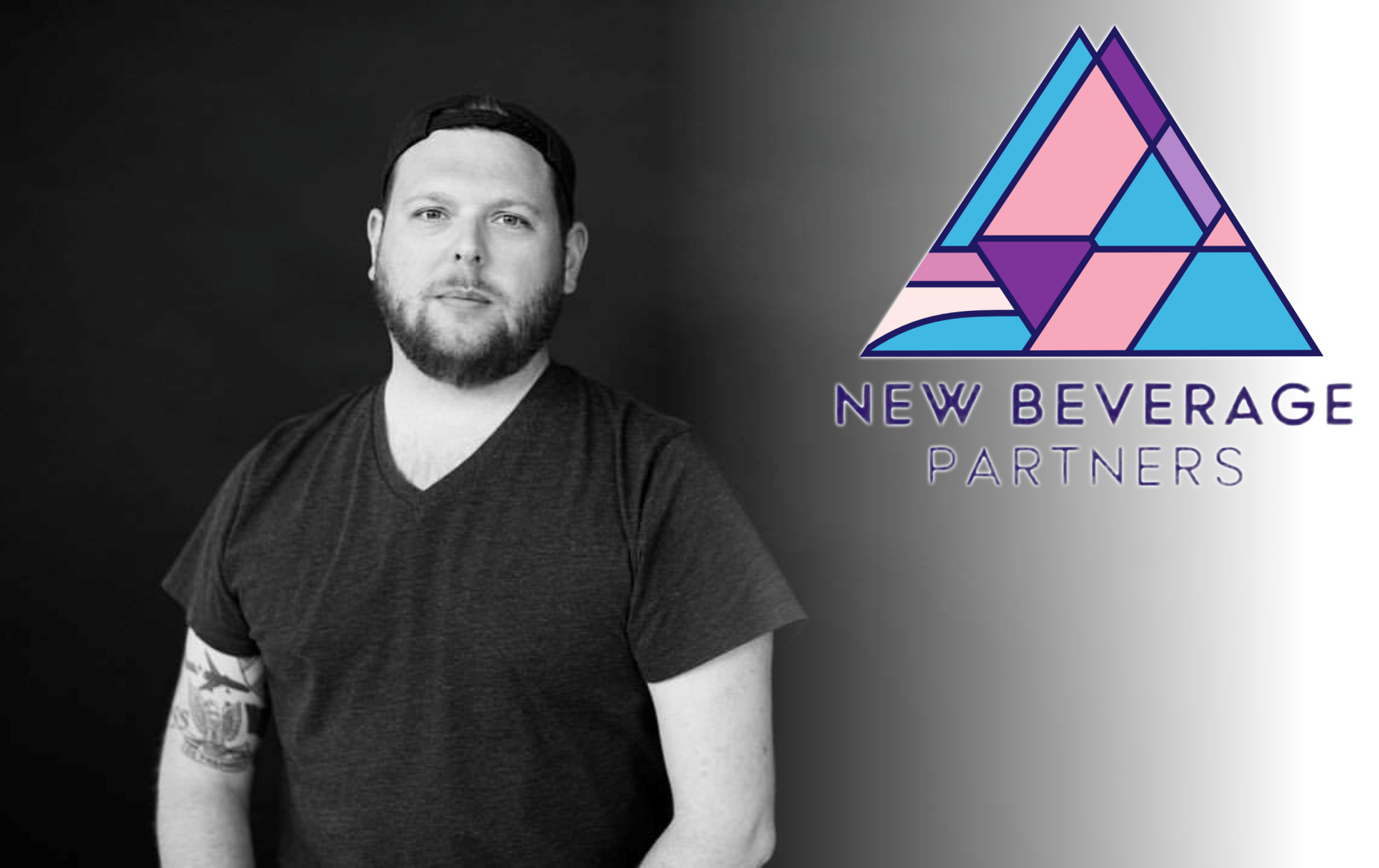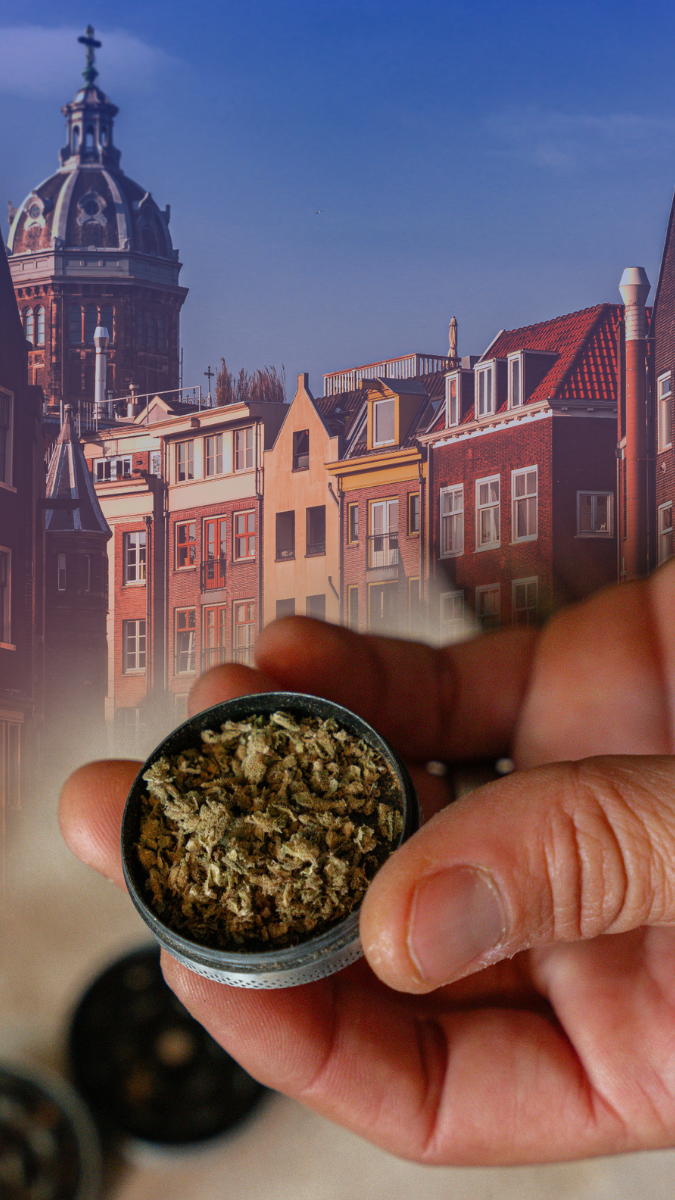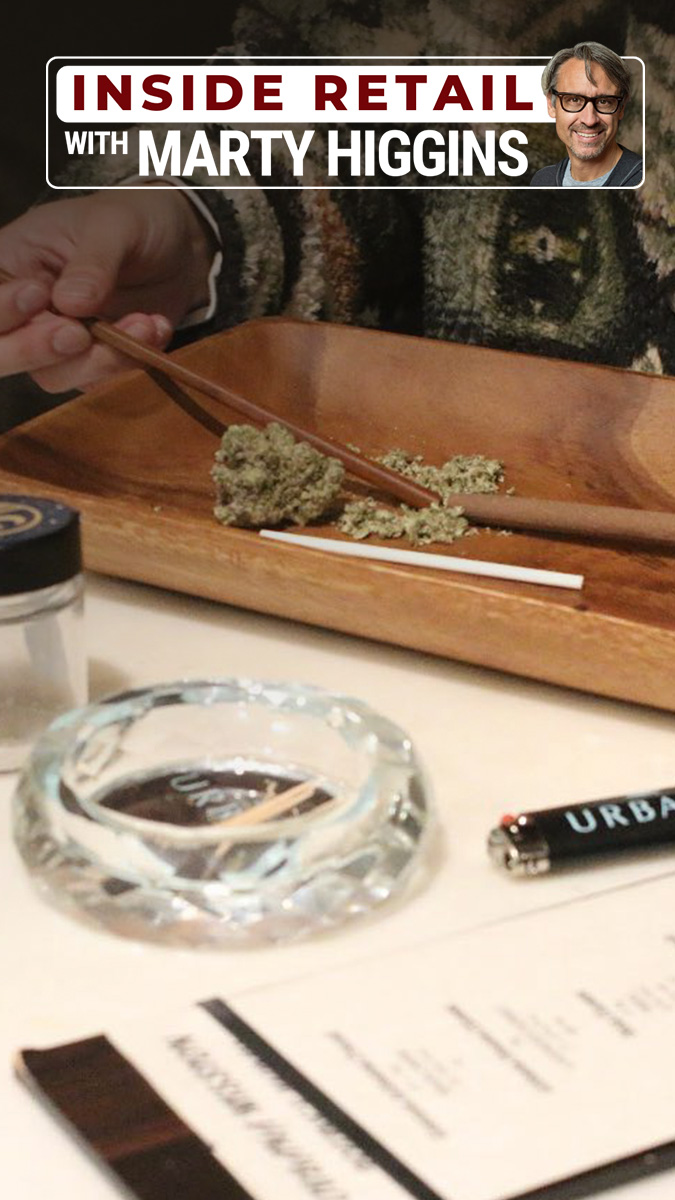Challenges Persist in New York’s Transition to Legal Cannabis Market Amid Illicit Trade
NEW YORK- As New York’s legal cannabis market surpasses its first year, significant challenges remain in curbing the state’s rampant illicit cannabis trade. Despite efforts by the New York Office of Cannabis Management (OCM), the vast scale of underground operations poses questions about the effectiveness of the state’s strategy to transition to a fully licensed and tax-compliant market.
The OCM’s end-of-year report indicates that although 369 inspections of illicit operations were conducted, including 103 re-inspections, only 266 unlicensed cannabis shops have been targeted. This number pales in comparison to the estimated 8,000 active illegal shops in New York City alone, with potentially thousands more statewide.
Efforts to combat this issue include 305 notices of violation or cease-and-desist orders issued by the OCM, with plans to escalate these actions through 2024. The state budget has allocated funds for 58 investigators, but the OCM has yet to fill these positions fully. The agency emphasizes its ongoing efforts to recruit the necessary staff to strengthen enforcement capacity.
However, the efficacy of these measures is uncertain. The shift from criminal penalties to civil fines and cease-and-desist orders in dealing with illegal operators has not proven to be a deterrent. Some unlicensed shops, having received cease-and-desist orders, reportedly continue their operations unabated. This situation raises questions about the practicality and resources required to make civil penalties effective.
Further complicating matters are legal challenges from some unlicensed operators, citing the “safe harbor” provision in the state’s Marihuana Regulation and Taxation Act. This aspect of the law remains untested in state courts, adding another layer of complexity to enforcement efforts.
Comparatively, California’s struggle to mitigate its underground cannabis market since the inception of its recreational market in 2018 offers a cautionary tale. With an estimated 80% market share held by the underground market in California, New York’s situation appears even more daunting, especially given the limited number of legal cannabis shops currently operational.
While New York plans to expand its legal market with over 400 retailers awaiting openings through the Conditional Adult Use Retail Dispensary program and another 1,000 licenses in the pipeline, the timeline for these openings remains unclear. This expansion could potentially impact the illicit market, but the timing and extent of this effect are uncertain.
In summary, New York’s cannabis market continues to navigate a landscape filled with uncertainty, not least of which is competition from entities operating outside or on the fringes of legal frameworks. This ongoing challenge underscores the complexities involved in transitioning from an entrenched illicit market to a regulated legal framework.

















